CSA CHALLENGES 2019
Access the CSA's challenges, datasets, and workshops
The information below is only a high-level overview of the CSA challenges. In order to view more information, video workshops, access the data, and register with CSA, you must click the link and view their website.
Challenge 1: STRATOS

Description
The CSA uses stratospheric balloons to test and validate new technologies designed for long-duration space missions and to conduct scientific experiments in a space-like environment. The CSA captures in-flight images and compiles telemetry data (altitude, speed, atmospheric pressure, temperature, etc.) related to balloon movement. Since this variety of data is of definite use to scientists involved in STRATOS experiments and to the general public, it is freely disseminated and accessible to all.
Give us a solution that will make it easier to consult this information and that will highlight this data on the environment of the stratosphere.
Challenge 2: Go Canada – Geomagnetic Data Integration

Description
Help scientists improve Canadian geomagnetic datasets – essential for tracking Earth's magnetic field responsible for protecting people from solar flares – by
- developing an algorithm to identify non-geomagnetic measurements; and
- using the Canadian magnetometer network to determine geomagnetic activity across Canada.
Challenge 3: NEOSSat – Canada's Space Surveillance Telescope

Description
The CSA needs a solution to effectively search the NEOSSat database and identify images based on various criteria. The CSA also needs a solution to locate asteroids or other types of objects on images captured by NEOSSat.
Challenge 4: Radi-N2 Interactive Map: Graphical Representation of Radiation Across Canada

Description
Make the most of David Saint-Jacques', Chris Hadfield's and Robert Thirsk's missions to help Canadians visualize or interpret radiation data collected on the ISS and on Earth.
Challenge 5: SCISAT – Canada's Atmospheric Chemistry Experiment

Description
In order to compare atmospheric gas concentrations over time, the CSA must be able to identify atmospheric events such as ozone holes, forest fires and volcanic eruptions. The concentrations during those events should be compared with concentrations from periods of the year when gas concentrations are nominal, in order to establish the differences between them.
These atmospheric events occur over a specific geographic area of Earth or ocean in a similar period of time year after year. A good comparison tool would allow identifying the difference (i.e. the increase or decrease) in gas concentrations based on time and geographic location.
Challenge 6: RADARSAT-1 Open Data

Description
Calling all programmers and computer geniuses! The Government of Canada is committed to making its data available. Its open government initiative includes scientific data. Therefore, the CSA is trying to make as much RADARSAT-1 satellite data available to the public as possible.
Currently, just 2% of RADARSAT-1 data is open, because the rest of it is in raw format (i.e. not processed). That means that in order to provide access to that data, the CSA first has to process it. To reduce the processing costs, which can be very high, the CSA would like to identify and prioritize datasets that could be useful for research purposes. To do this, a script is needed to automate searches in the Earth Observation Data Management System (EODMS).
